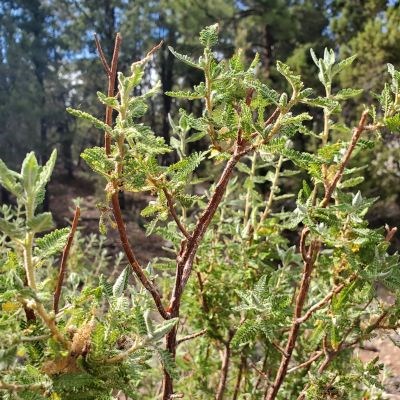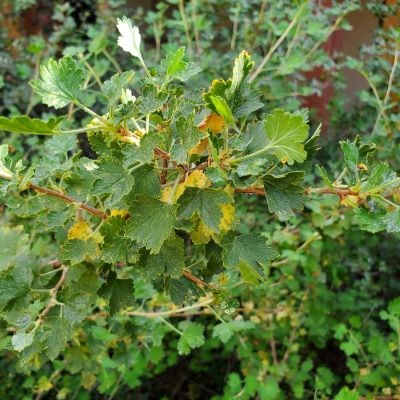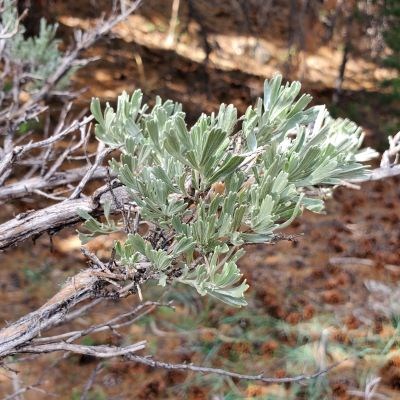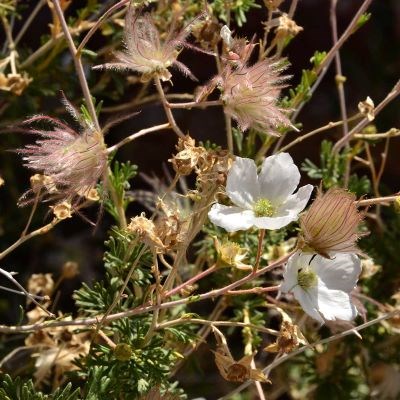
Common Shrubs at Grand Canyon
Chamaebatiaria millefolium – Rosaceae NPS Photo / E. Gelfat Fernbush
Chamaebatiaria millefolium – Rosaceae

Ericameria nauseosa – Asteraceae NPS Photo / E. Gelfat Rubber Rabbitbrush
Ericameria nauseosa – Asteraceae

Ribes cereum – Grossulariaceae NPS Photo / E. Gelfat Wax Current
Ribes cereum – Grossulariaceae

Artemisia tridentata – Asteraceae NPS Photo / E. Gelfat Big Sagebrush
Artemisia tridentata – Asteraceae

Cercocarpus ledifolius – Rosaceae NPS Photo / E. Gelfat Mountain Mahogany
Cercocarpus ledifolius – Rosaceae

Purshia stansburyana – Rosaceae NPS Photo / Ty Karlovetz Cliffrose
Purshia stansburyana – Rosaceae

Fallugia paradoxa – Rosaceae NPS Photo / Michael Quinn Apache Plume
Fallugia paradoxa – Rosaceae

Mahonia fremontii – Berberidaceae NPS Photo / Ty Karlovetz Fremont Barberry
Mahonia fremontii – Berberidaceae
|
Last updated: October 20, 2021
